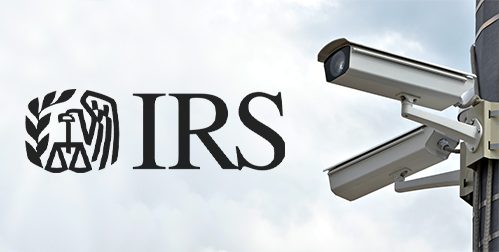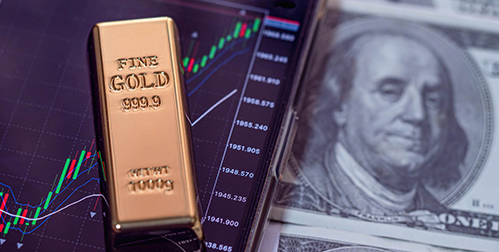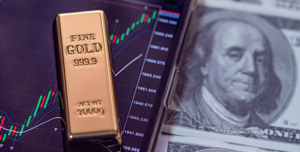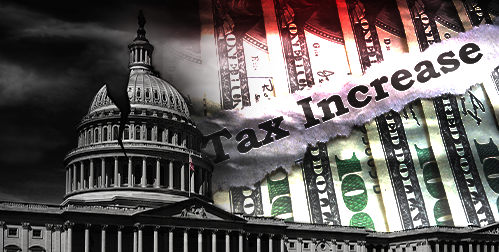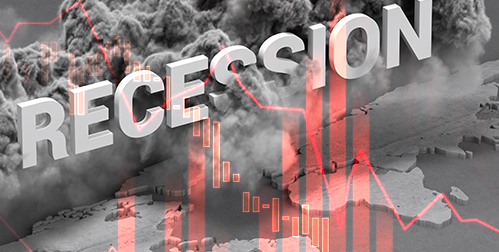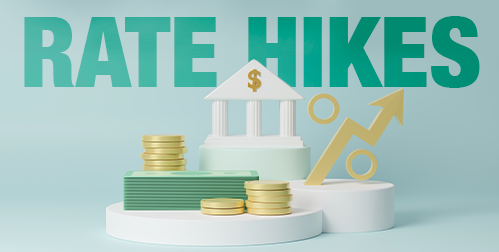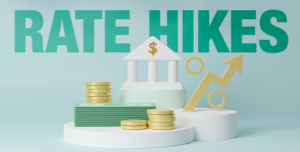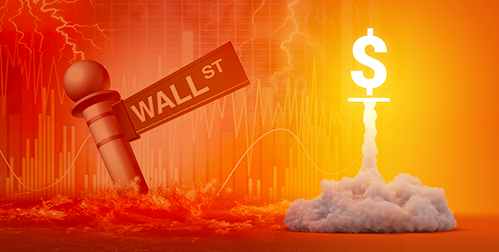- The recently passed Inflation Reduction Act drastically increases the number of IRS employees
- Despite promises to the contrary, new IRS audits will most likely target middle- and low-income Americans
- A Gold IRA can help shield savings from a newly empowered IRS
The Inflation Reduction Funds the IRS
Joe Biden just signed the poorly named Inflation Reduction Act into law. Many economists agree that the law will do little to reduce inflation. What it will do is give $80 billion to the IRS to hire 87,000 new employees. As a result, Americans should prepare for an onslaught of new tax audits.1
Democratic leadership says middle-income Americans have nothing to fear. They say audits won’t increase in regularity for anyone making less than $400,000 a year. Yet, the same Democrats torpedoed an attempt to codify such language into the bill. There is nothing to stop the IRS from targeting average Americans. Nothing except the promises of politicians desperate to win their midterm elections. Treasury Secretary Janet Yellen was asked about the bill’s impact. She did not dispute that more middle-class and low-income earners might face audits.
Statistically, the IRS most often targets disadvantaged individuals and communities. Low-income individuals have less ability to contest audits. They do not have the armies of attorneys available to the super wealthy.
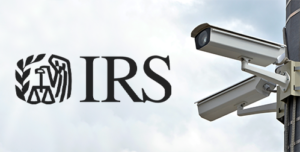
IRS Audits Will Continue to Focus on Low- and Middle-Income Americans
The Government Accountability Office studied the IRS. They said, “From fiscal years 2010 to 2021, the majority of the additional taxes IRS recommended from audits came from taxpayers with incomes below $200,000. Audits of the lowest-income taxpayers resulted in higher amounts of recommended additional tax per audit hour compared to all income groups except for the highest-income taxpayers.”2
The Joint Committee on Taxation expects the taxes on households earning between $50,000 and $75,000 to increase. But households earning more than $1 million might actually get a tax break. They also said up to 90 percent of the money raised from underreported income will come from Americans earning less than $200,000. The Congressional Budget Office studied the Act. They said $20 billion of the Act’s promised revenue will come from audits of taxpayers making less than $400,000.3
A House GOP analysis studied the Act using historic audit rates. It found Americans with an annual income of less than $75,000 would be subject to more than 700,000 new IRS audits. By comparison, individuals making more than $500,000 will receive about 95,000 new audits.4
The Inflation Reduction Act doesn’t fix any of the structural problems with the IRS. It gives them more resources to enforce the convoluted loophole-filled tax laws. Laws that the wealthy know how to dodge. Most middle- and low-income Americans don’t have high priced attorneys to defend them. They soon find liens placed on their property, bank accounts frozen and wages garnished. Punitive actions that occur long before someone has a chance to defend themselves in court. Right or wrong, it is easier to pay them off.
National Taxpayers Union EVP Brandon Arnold said, “A lot of taxpayers don’t want to fight the IRS. They don’t have the time, they don’t have the money to fight the IRS. So they’ll roll over and pay those relatively small amounts, and that’ll squeeze a lot of money out of taxpayers just by harassment.”5
The Inflationary Reduction Act isn’t about making billionaires pay their ‘fair share’. The IRS isn’t here to make sure you get a refund or a tax break. Instead, a bulked-up group of new IRS enforcers will audit regular Americans to justify their $80 billion government gift. You can protect your income from aggressive government overreach. A Gold IRA offers the wealth-building power of tax-deferment. It also provides the wealth protection features of physical gold. Once established, taxes on gains are deferred until your metals are withdrawn from the account or sold. Contact us to learn more today.

